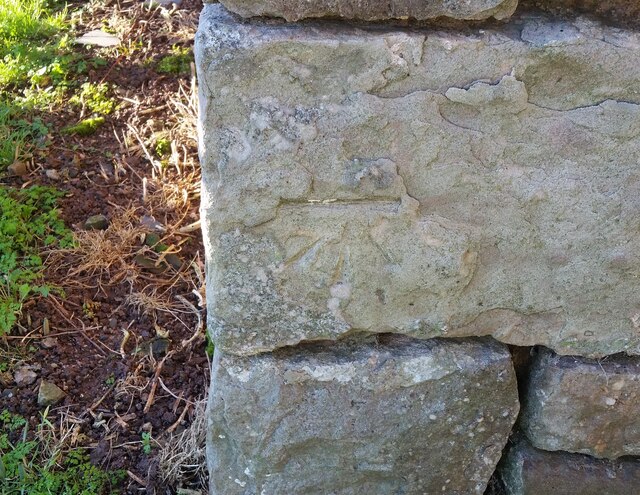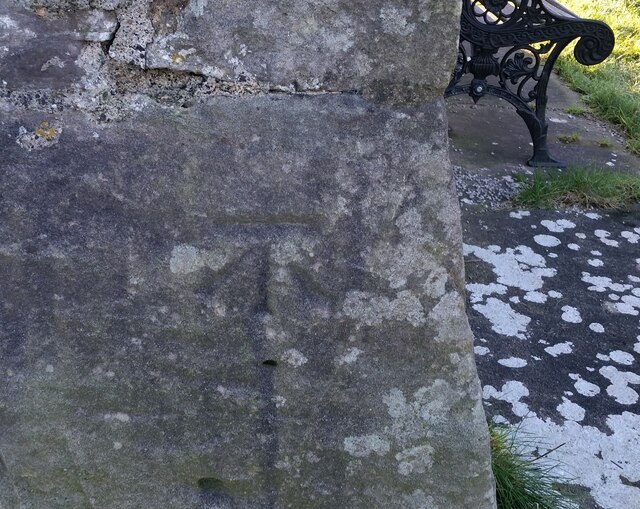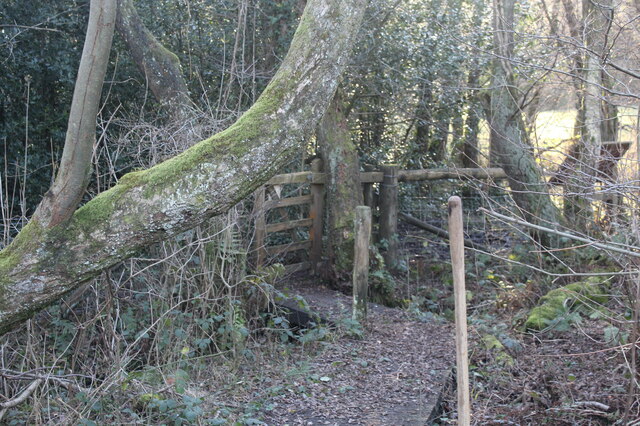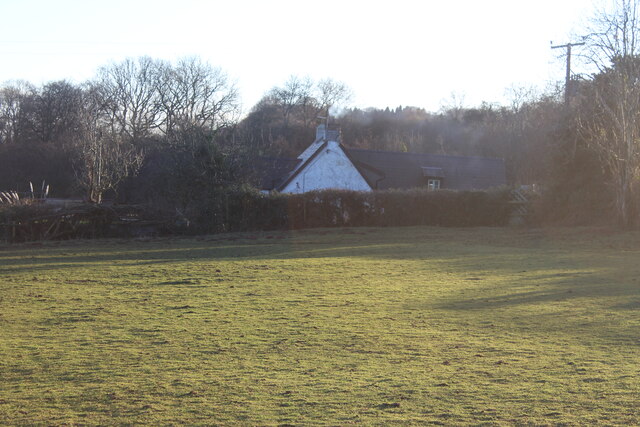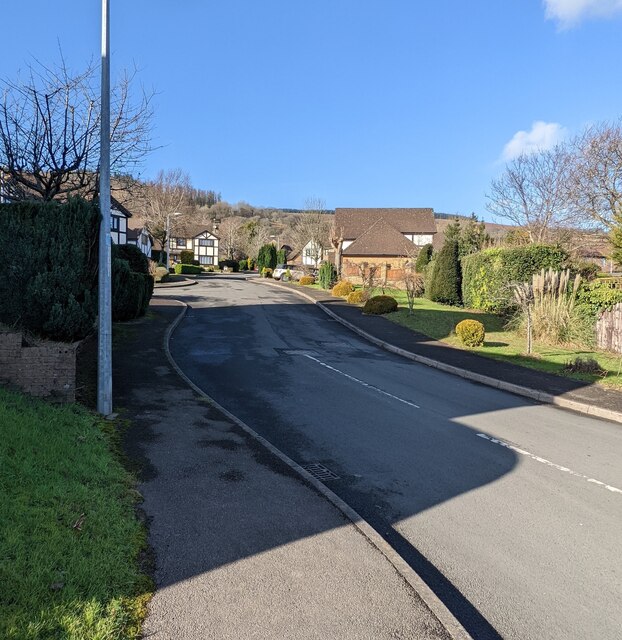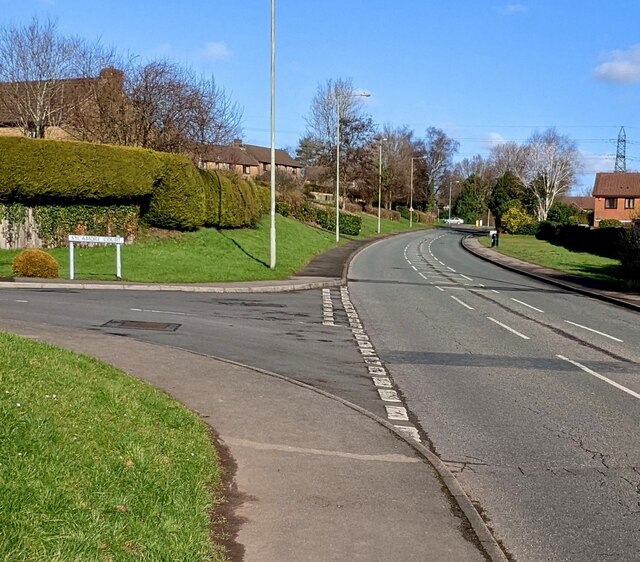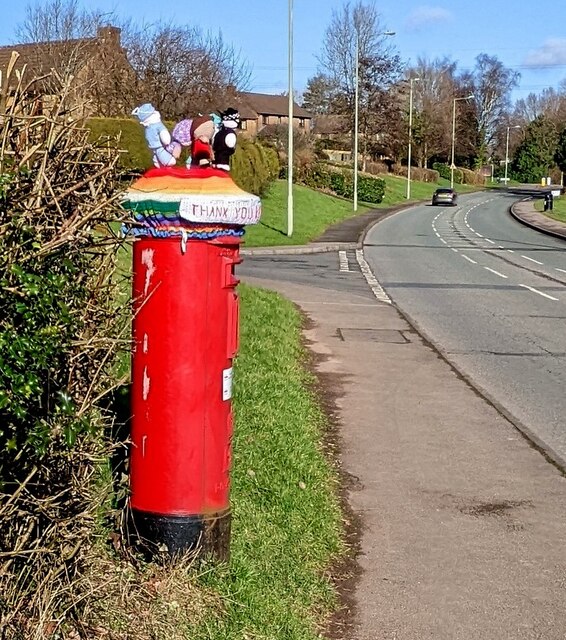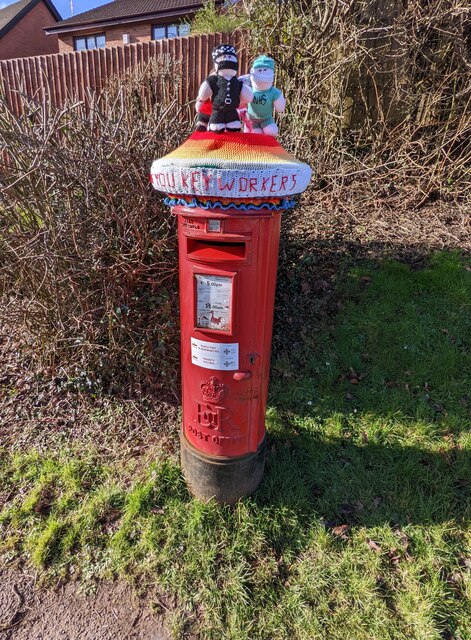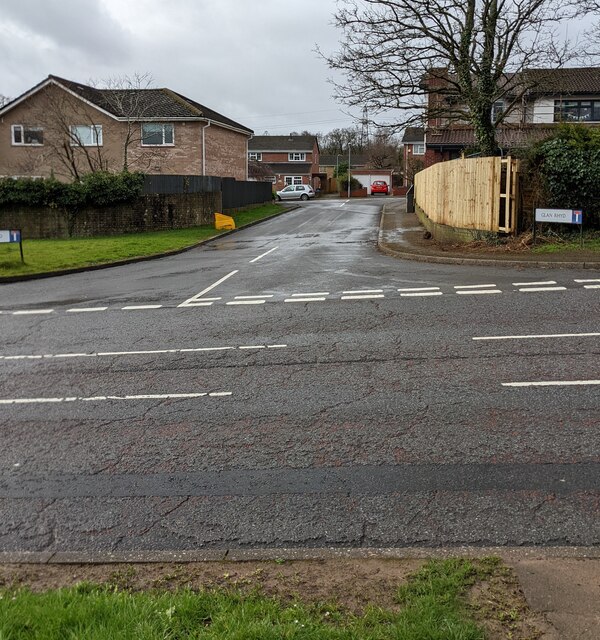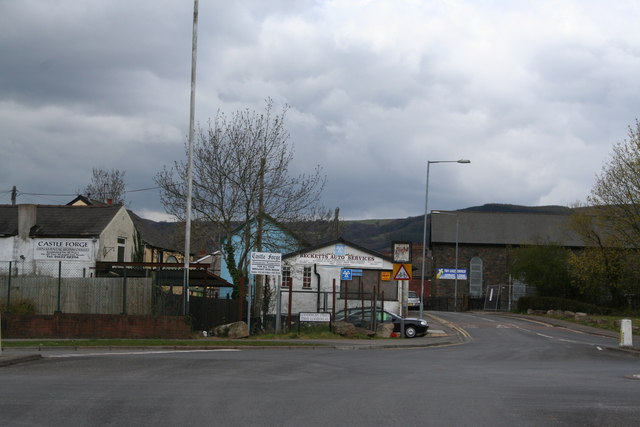Henllys Vale
Settlement in Monmouthshire
Wales
Henllys Vale
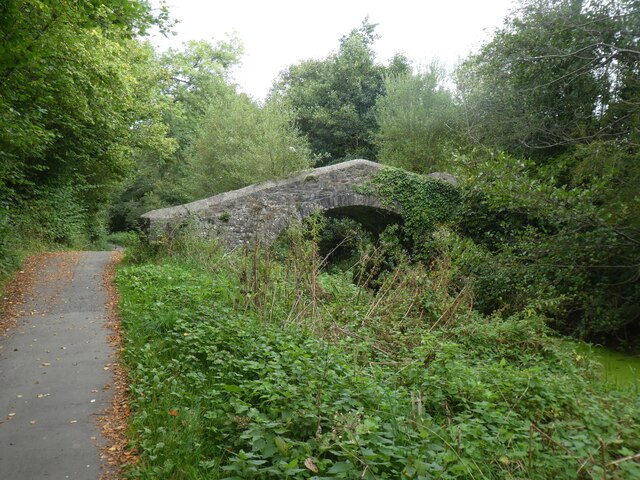
The requested URL returned error: 429 Too Many Requests
If you have any feedback on the listing, please let us know in the comments section below.
Henllys Vale Images
Images are sourced within 2km of 51.625543/-3.046203 or Grid Reference ST2792. Thanks to Geograph Open Source API. All images are credited.

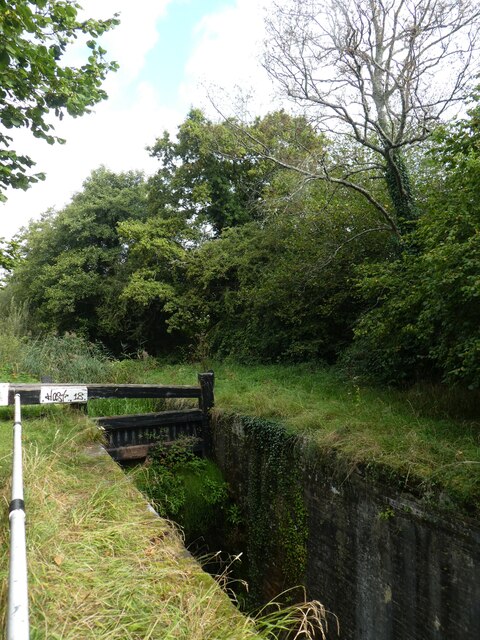
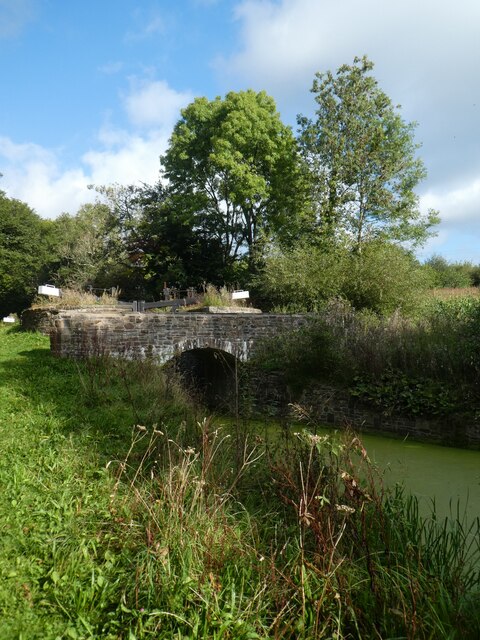



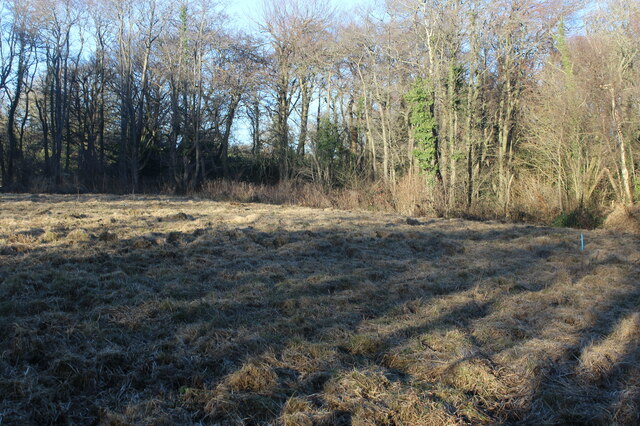
Henllys Vale is located at Grid Ref: ST2792 (Lat: 51.625543, Lng: -3.046203)
Unitary Authority: Torfaen
Police Authority: Gwent
What 3 Words
///neon.racks.left. Near Cwmbran, Torfaen
Nearby Locations
Related Wikis
Coed Eva
Coed Eva (Welsh: Coed Efa) is a suburb of Cwmbran in Torfaen County Borough, Wales. It lies in the preserved county of Gwent and within the historic boundaries...
Henllys, Torfaen
Henllys means 'ancient court' with hen 'ancient' and llys 'court'. The name may refer to the former administrative court of the lordship of Machen Today...
Fairwater, Torfaen
Fairwater is a community and suburb of Cwmbran in the county borough of Torfaen, in south east Wales, and was built by the Cwmbran Development Corporation...
Two Locks
Two Locks is a suburb of Cwmbran in the county borough of Torfaen, in south-east Wales. The locks in question are part of the Monmouthshire & Brecon Canal...
Nearby Amenities
Located within 500m of 51.625543,-3.046203Have you been to Henllys Vale?
Leave your review of Henllys Vale below (or comments, questions and feedback).

